內容目錄
“Are you still drinking ‘mold’ Pu’er tea? I suggest that tea lovers start today and try to quit Pu’er!
early A few years ago, Fang Zhouzi, a well-known popular science author, pointed out that ‘Pu-erh tea contains aflatoxin, and drinking too much is easy to cause cancer’…”
Brother Zhang is usually very He pays attention to health preservation, and is especially keen on drinking tea for health preservation. He has collected many precious tea leaves at home, including Pu’er. He also followed a lot of health science bloggers on the short video platform, and the video content above was published by the bloggers he followed the most.
But Brother Zhang thinks this content looks very unreliable. Pu-erh tea has been circulated for thousands of years.People in the past have been drinking it After coming down, there has never been any “cancer” claim., and he has been drinking for so many years, and his body has not experienced any discomfort, so he does not believe this claim.
But in the end, I was still a little uneasy, so I sent a private message to Xiaojiu, asking if there was any scientific basis for this statement.
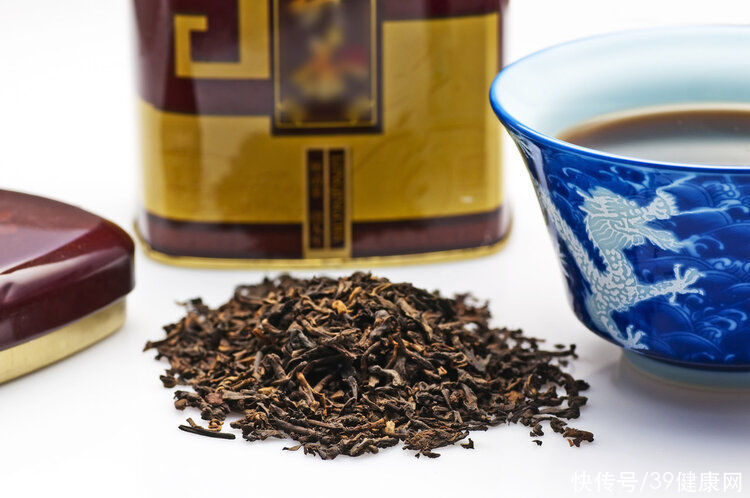
In fact, the “black pot” about Pu’er tea is not uncommon in recent years, such as :
“Pu’er is a moldy tea, one gram of Pu’er contains 500 million molds”
“Pu-erh bacteria burst the table, Drinking Pu’er is equivalent to drinking dirty water”
“Pu’er contains aflatoxin, drinking too much is not only toxic but also carcinogenic”
“…”
Is drinking Pu’er tea healthy or cancer? Today, Xiao Jiu will explain it to everyone in detail.
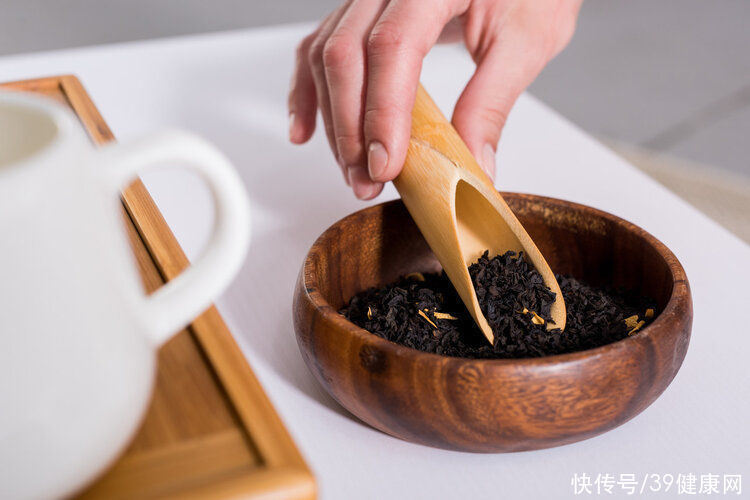
1. Pu-erh tea bacteria explode? Many of them are “good bacteria”
If you want to know whether Pu’er tea is harmful, let’s first understand how it is made.
In the beginning, the tea maker will sprinkle water on the tea pile and cover it with a linen cloth, and then use the damp heat to ferment the tea leaves.
During the fermentation process, a variety of molds, mainly Aspergillus niger, in the tea will begin to play their role , ultimately giving Pu-erh tea its unique aroma and taste.
Indeed, during the fermentation process of Pu-erh tea, it will produce Aspergillus niger, Penicillium, Rhizopus, yeast span> and other microbial groups, of which Aspergillus niger accounted for the largest proportion, accounting for about 80%.
But Aspergillus niger is actually a “good fungus”, not only non-toxic and harmless, but during the fermentation process of Pu’er tea, It can also inhibit the growth and toxin production of Aspergillus flavus, and degrade aflatoxin B1. Moreover, the fermentation temperature of Pu-erh tea is relatively high, and Aspergillus flavus is often unable to tolerate it.
In addition, even if there is Aspergillus flavus in Pu-erh tea, it does not necessarily produce aflatoxin. It is understood that only 10% of Aspergillus flavus strains isolated from nature can produce toxins.
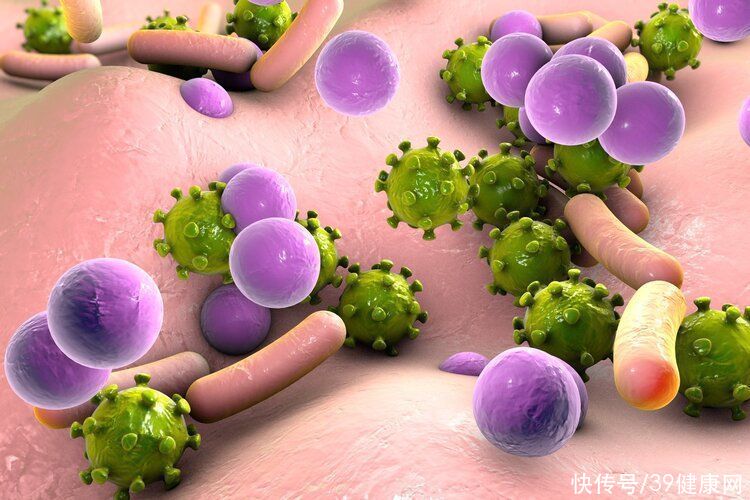
2. Is Pu-erh tea carcinogenic? “Wet warehouse Pu’er”≠normal Pu’er
In Fang Zhouzi’s article, “aflatoxin was detected in the experiment”, in fact, the sample used in the experiment For Wet Cang Pu’er, it is different from normal Pu’er.
Wet warehouse Pu’er, in simple terms, is a relatively high temperature and high humidity storage environment artificially created to promote the fermentation and aging of Pu’er tea.In this “wet chamber” environment, aflatoxins are easily produced.
If still in doubt, we can look at an experiment.
In order to find out whether Pu-erh tea is carcinogenic, the Guangdong Provincial Center for Disease Control and Prevention sampled 40 brands of Pu-erh tea samples, and tested the content of aflatoxin in them. measured by tandem mass spectrometry.
Finally found: Aflatoxin B1 was detected in only 3 Pu-erh tea samples, the maximum value was 0.56μg/kg, which is similar to the minimum limit of 0.5μg/kg of aflatoxin B1 in infant formula food stipulated by the national standard, but much lower than the limit of 5μg/kg for wheat and 10μg/kg for rice .
It can be seen that the risk of cancer caused by Pu-erh tea is very low, so you don’t have to worry too much.
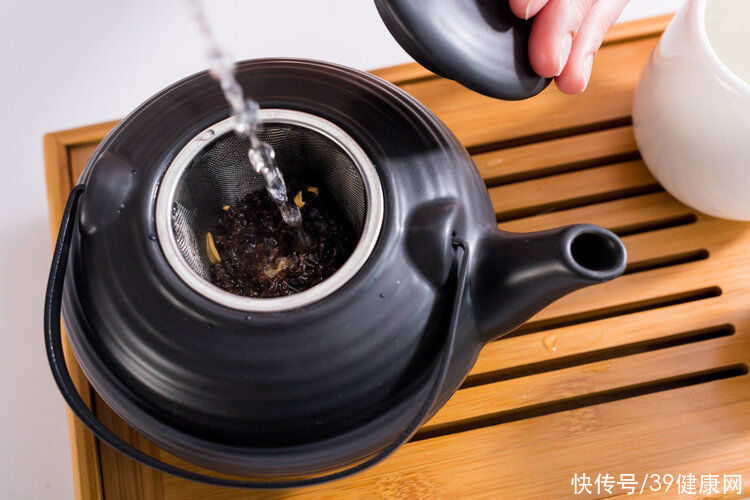
Third, is drinking tea beneficial or harmful to the heart?
There was a saying that “drinking tea is not good for the heart and will lead to heart disease”. In fact, drinking tea regularly may be good for the heart.
Tea is a nutrient-rich ingredient, rich in flavonoid antioxidants, such as tea polyphenols, catechins etc., these substances can scavenge free radicals in the human body to a certain extent, which is beneficial to health. In addition, tea also containsNutrients such as amino acids and vitamins.
And numerous studies have found that drinking tea also has a positive effect on the heart.
For example, a study involving more than 80,000 Chinese published in the Journal of the American Heart Association (JAHA) found that people who drink tea for a long time,
span>The body’s LDL-C levels fell more slowly and the risk of cardiovascular disease was reduced by 8%.
As for the problem of caffeine that everyone is more worried about, some people report that drinking too much will cause discomfort such as heart palpitations, so they are worried that it is not good for heart health. In fact, this situation is very normal, and the folks call it “tea drunk”.
At present, the authoritative health institutions in the world believe that moderate coffee consumption and caffeine intake (about 1-2 cups of coffee per day, about 200mg of caffeine) are not enough. Harmful to the heart.

Fourth, green tea VS black tea, which is healthier?
Pu-erh tea can be divided into black tea and green tea, which one is better?
Previously, a study published in Cellular Physiology & Biochemistry showed that the catechin compounds (such as ECG, EGCG, etc.) in both green tea and black tea. ), both can relax blood vessels by activating potassium channel proteins on the blood vessel walls, thereby helping to lower blood pressure.
In addition, there are numerous studies showing that whether black, green or other tea has positive effects on health.
But among them, the research on green tea is more extensive, and many in vitro and in vivo studies have surfaced green tea extract, to a certain extent to help reduce the risk of high blood pressure and heart disease. So, everyone can drink according to their own preferences.
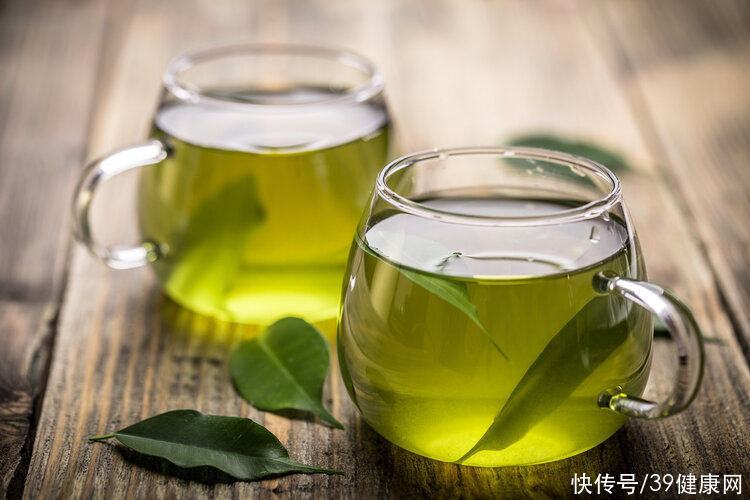
However, there are several teas that are not recommended, especially the following three:
1. Strong tea
The content of caffeine and theophylline in this tea is relatively high , drinking too much, it is easy to cause heart discomfort; and the tannic acid contained in it may also react with the iron in the food, thereby affecting the absorption of iron, which is not good for health, so drink less.
2. Raw tea
This kind of tea has serious greenness, It is easy to irritate the gastric mucosa and cause stomach pain and other discomfort, so it is best not to soak it directly.
3. Too hot tea
If the temperature is too high for a long time, especially if it is too hot Hot tea at 65°C can scald the esophageal mucosa and cause inflammation, thereby increasing the risk of esophageal cancer.

Drinking Pu’er tea in moderation will not cause cancer, but it is good for heart health, so I like it Friends who drink Pu-erh tea can usually drink it in moderation, but they should pay attention to methods, such as avoiding drinking tea that is too hot, so as not to endanger health.
References:
[1] “Can Pu’er cause cancer? Hehe drink…”. Shenzhen Market Supervision. 2017-09-08
[2] “Pu-erh Tea Causes Cancer? Laboratory results let you know the truth in seconds”. Guangdong Disease Control and Prevention. 2018-03-19
[3] “Drinking tea is bad for the heart? In fact, you are not drinking right! 》. Ruan Guangfeng Nutritionist .2019-02-16
Reprinting is prohibited without the author’s permission